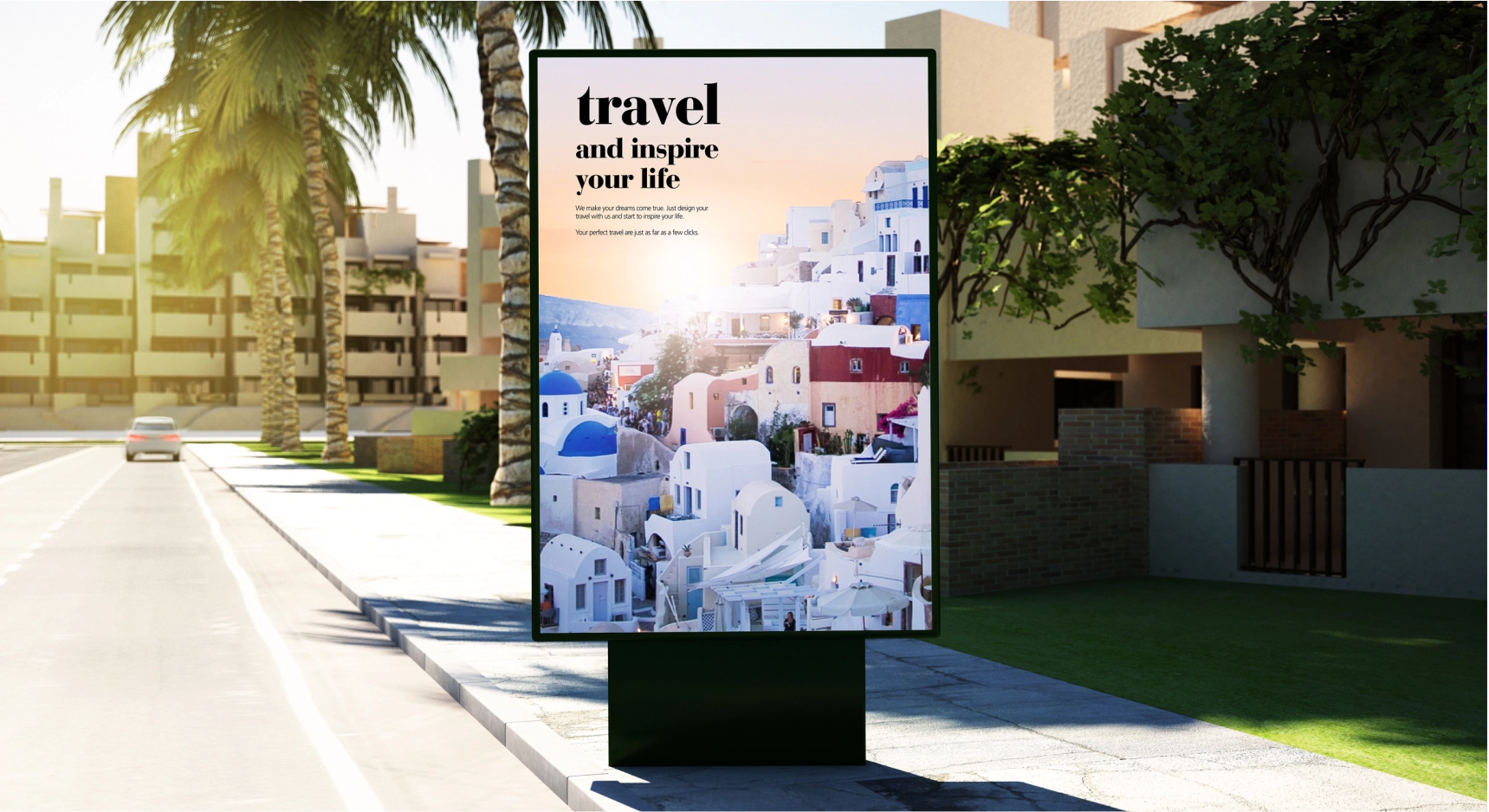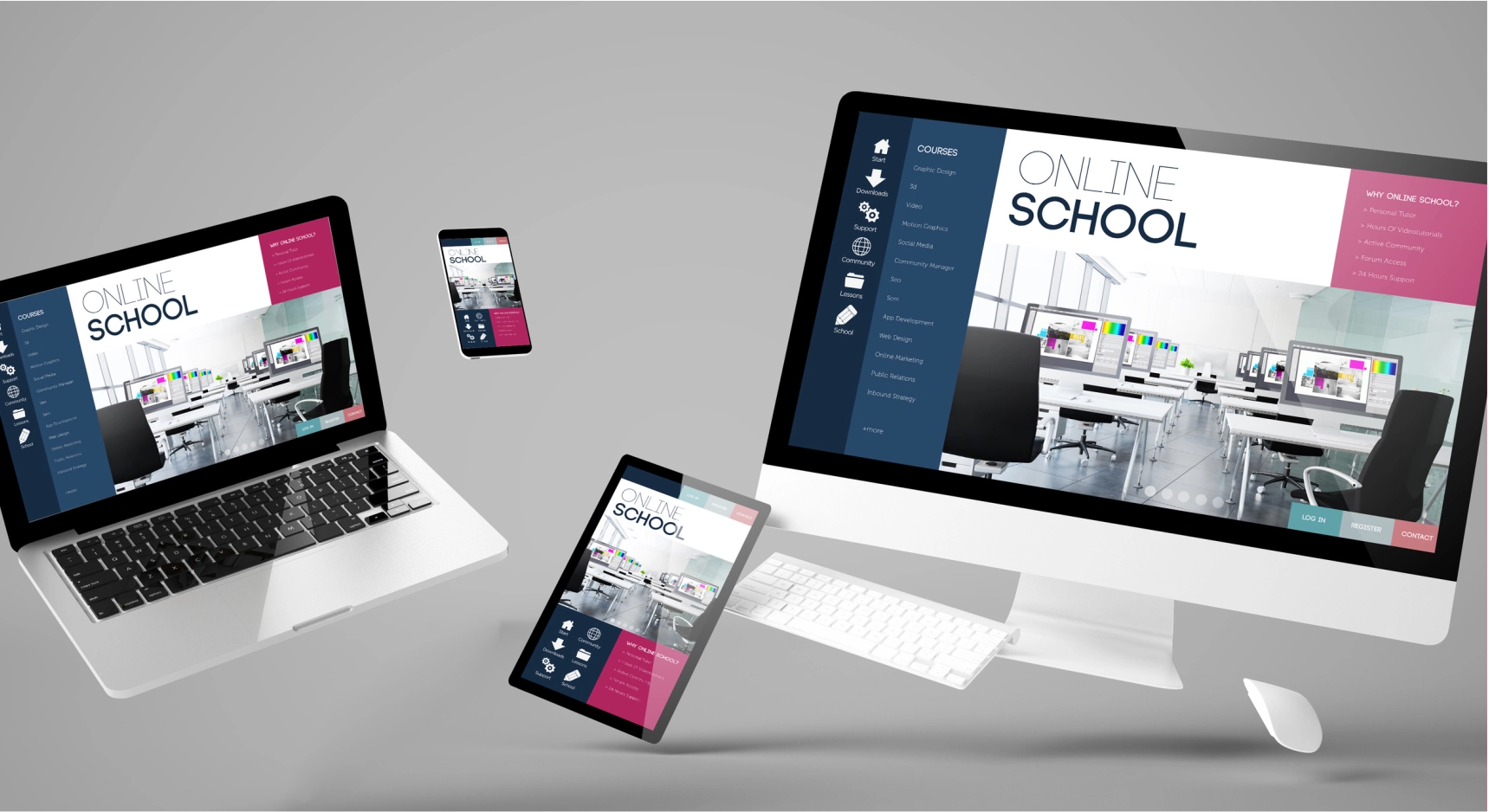


What Is a Digital Poster?

A digital poster is a sign comprising a digital image or a motion graphic on a screen. Like traditional print posters, digital posters display images or convey information to advertise products or events. Digital signs, however, can feature animated graphics and a rotation of pictures and displays. Companies can easily update digital signage, making it an effective digital marketing tool.
4 Uses of Digital Posters
Various industries use digital posters for advertising products
and services and sharing information. Consider the following
applications of digital posters:
1. Advertise products: Companies can create digital posters to
present information about a new product, including what it is
and where customers can find it. For example, film production
companies promote new releases with movie posters, and
pharmaceutical companies might announce new medications with
digital advertisements.
2. Announce events: Brands can use digital posters to create
buzz around upcoming events, including information about the
date and how customers can attend or tune in.
3. Communicate ideas: Besides advertising products, digital
posters can present ideas or information like public service
announcements or scientific posters with graphs and
infographics. Digital posters can also display maps and travel
times, which is helpful for tourists and travelers in airports
or train stations.
4. Publicize a business: Digital posters can advertise a
business, including how it can help customers and where to find
more information.
5 Benefits of Digital Posters
There are several advantages of using digital posters, including
customization options and eco-friendliness. Consider the
following benefits:
1. Appeal: Digital posters are appealing because they are
backlit. Posters with motion graphics are particularly
eye-catching for today’s digitally native audience.
2. Cost-efficiency: Digital posters may have a higher upfront
cost than traditional posters, but they can save companies money
in the long run. Digital posters are easily changeable with a
click of a button, so if companies need to update information,
they do not have to print a new sign.
3. Dynamic: Digital posters can feature dynamic content. You can
program a digital poster, like a slideshow, with transitions to
switch between different information pages. You can also include
movement and animation in the poster, such as gifs and motion
graphics.
4. Functionality: The poster content is easily customizable.
Unlike static posters, multimedia posters offer more
functionality with engaging graphics. The ability to share
information with rotating displays helps to prevent cognitive
overload.
5. Green: Digital posters have a better environmental footprint
than print posters because you do not need to use paper.
How to Make a Digital Poster
To make a digital poster, you will need graphic design software,
hardware (a display screen), and connectivity (like Wi-Fi or an
HDMI cable). Follow these steps to learn how to make a
poster:
1. Choose design software. The software you use depends on the
features you plan to include in your poster design. Infographics
and animation require specialized programs.
2. Build off a poster template. A template can be a great
starting point for your design. Many design software programs
offer poster templates and premade poster designs.
3. Follow basic design principles. When designing your poster,
adhere to the elements of design. You can use a color scheme,
typefaces, and negative space to create appealing,
design-forward posters. You might choose to focus on an image or
use large, bold-faced text to center the poster.






